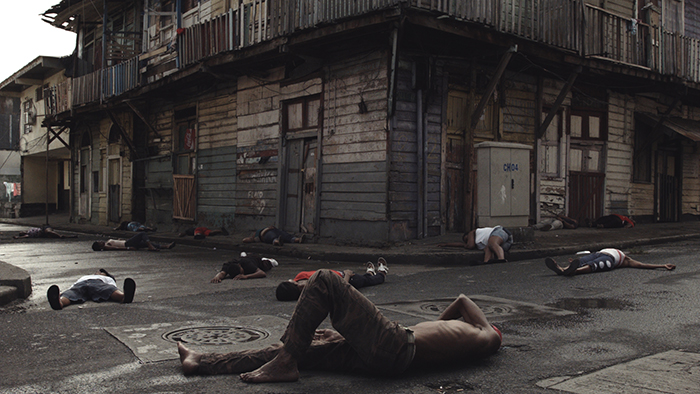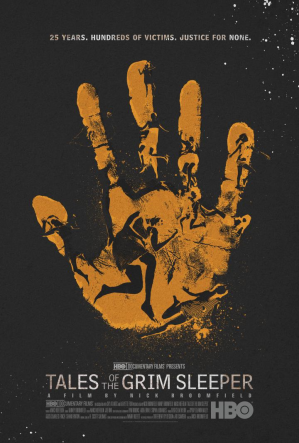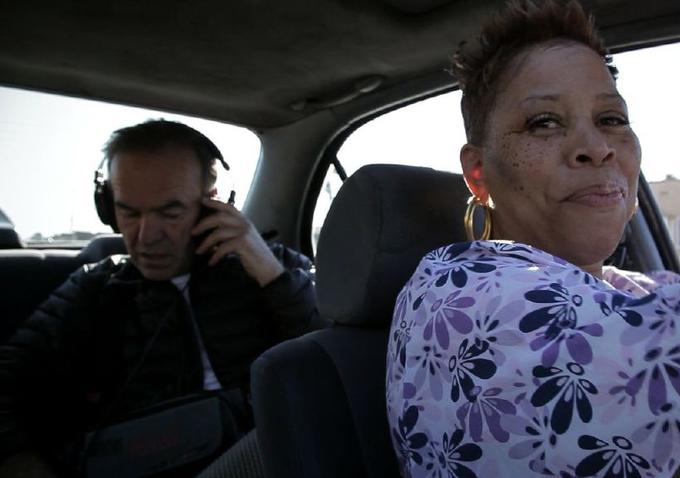Candid Kidman (and Naomi) in 'The Last Impresario'
 Saturday, November 22, 2014 at 10:00AM
Saturday, November 22, 2014 at 10:00AM  Glenn here with a bit of a photography break. I had anticipated catching far more films at DOC NYC, the documentary festival that is wrapping up its season here in New York. One film that I was able to catch, a nominee for Best Documentary at the "Australian Oscars", was Gracie Otto's The Last Impresario. It is a delightfully portrait of the life and career of the so-called most famous man you have never heard of, Michael White, and an entertaining trip down the film and theatre industry's memory lane. Otto discovered White when visiting the Cannes Film Festival and sought to document him, looking at the way he changed London's West End with original productions of The Rocky Horror Picture Show, Oh! Calcutta! and many more, before getting into film production with the likes of Monty Python and the Holy Grail.
Glenn here with a bit of a photography break. I had anticipated catching far more films at DOC NYC, the documentary festival that is wrapping up its season here in New York. One film that I was able to catch, a nominee for Best Documentary at the "Australian Oscars", was Gracie Otto's The Last Impresario. It is a delightfully portrait of the life and career of the so-called most famous man you have never heard of, Michael White, and an entertaining trip down the film and theatre industry's memory lane. Otto discovered White when visiting the Cannes Film Festival and sought to document him, looking at the way he changed London's West End with original productions of The Rocky Horror Picture Show, Oh! Calcutta! and many more, before getting into film production with the likes of Monty Python and the Holy Grail.
One of the film's best moments is when Otto is interviewing the man on a bench in one of the few quiet corners of Cannes when who should walk by but Mick Jagger. White and Jagger chat like old friends (which they are) while Otto's camera sheepishly looks away, afraid of the potential wrath of celebrity by intruding. The film is full of little moments like this, but for Film Experience readers, however, the highlight will likely be the albums of photos that White allows Otto access to (White was a fan of taking candid photos on a polaroid camera). Included amongst them are a plethora of celebrities as well as these shots featuring Nicole Kidman and one with BFF Naomi Watts (and frizzy red hair!). While I am unsure when the first two photos were taken, I recognise the dress in the third photo as what she wore to the red carpet Cannes premiere of Dogville!
How much do you love this gals and why haven't they made a movie together since Flirting (1991) ?!?



♥♥♥♥♥








